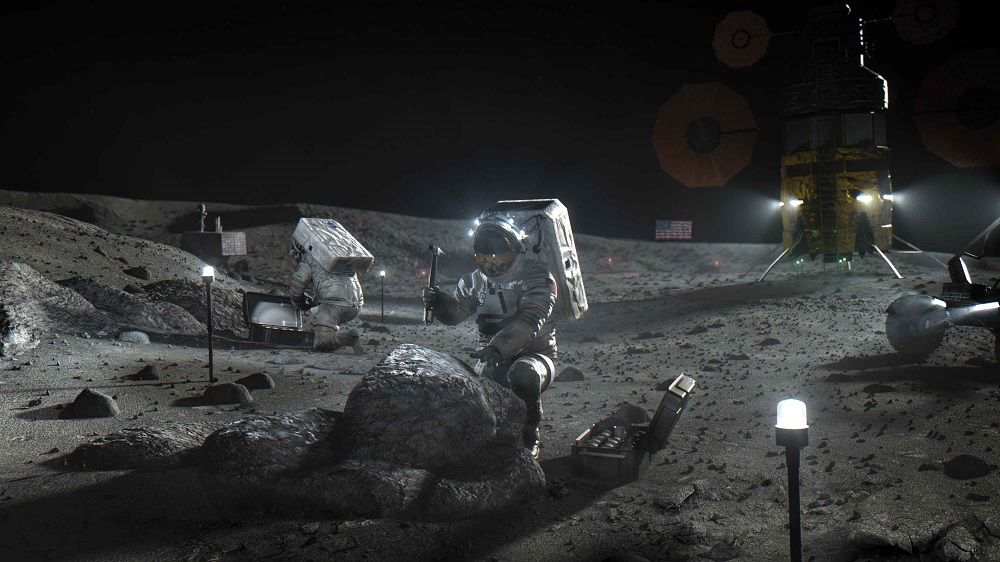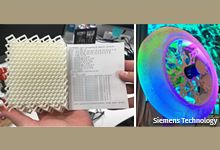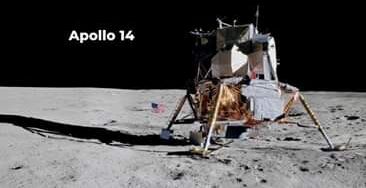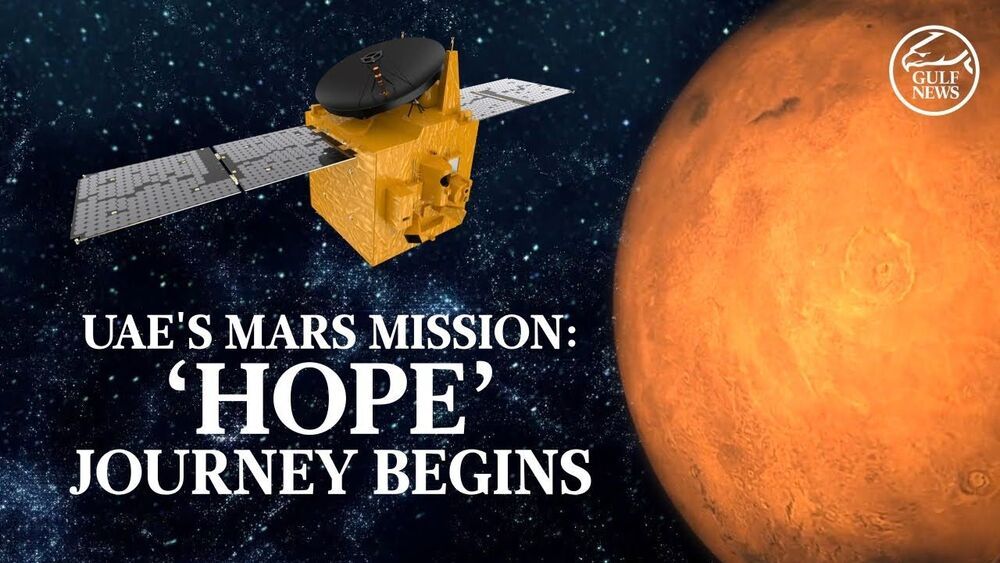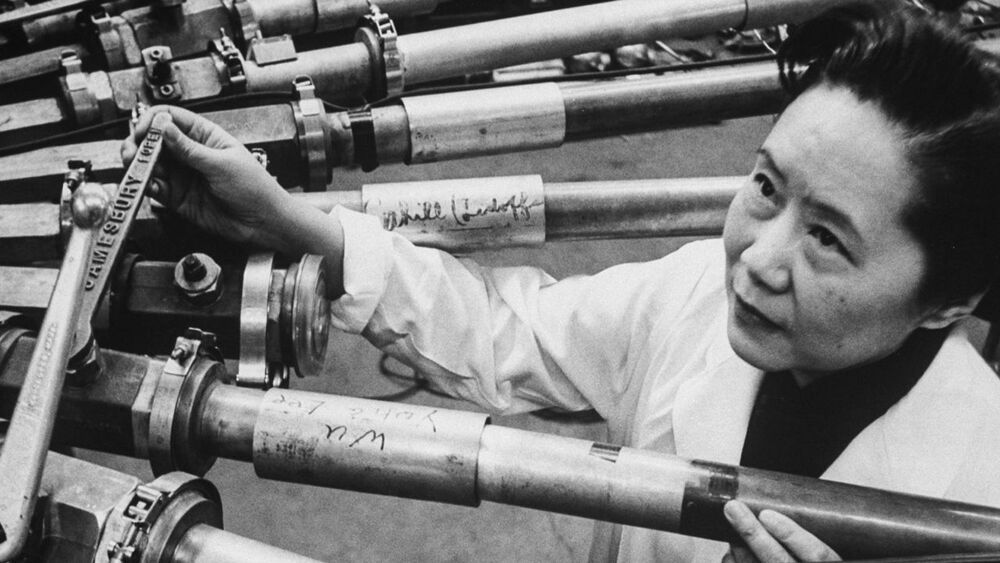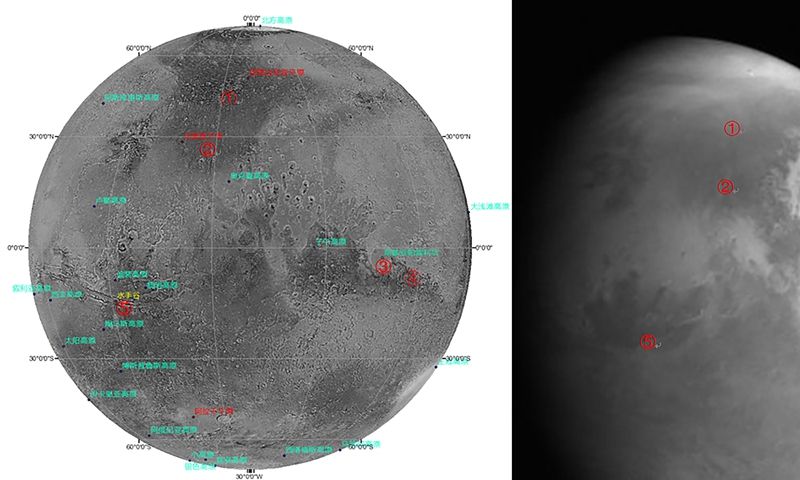Feb 8, 2021
DARPA to survey private sector capabilities to build factories on the moon
Posted by Genevieve Klien in categories: materials, space
WASHINGTON — The Defense Advanced Research Projects Agency wants to hear from the space industry about their capabilities to manufacture large structures on the moon.
This is a new project that DARPA announced Feb. 5 called “Novel Orbital and Moon Manufacturing, Materials and Mass-efficient Design.”
